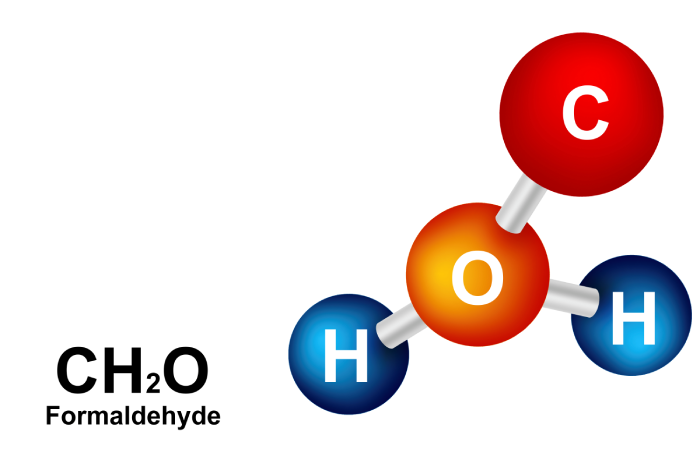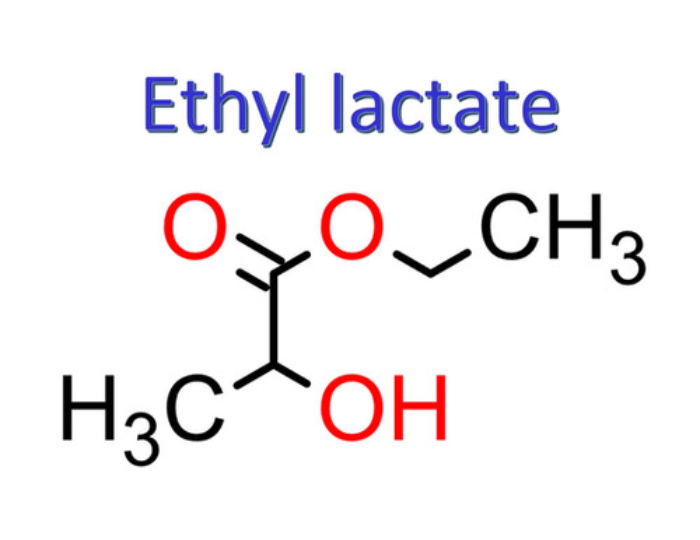FDA’s Formaldehyde Ban Proposal Delayed Again
A proposed ban on formaldehyde in chemical hair straightening products—known for its links to cancer and other serious health risks—has once again stalled due to an executive order from former President Donald Trump that halted new regulations.
The U.S. Food and Drug Administration (FDA) had been working towards banning formaldehyde and formaldehyde-releasing compounds in chemical hair straighteners. This effort was based on extensive studies that have demonstrated the chemical’s association with increased cancer risks, particularly among Black women.
Initially, the FDA aimed to finalize the ban by April 2024, later pushing the deadline to September 2024. However, regulatory progress has been obstructed, raising concerns among public health advocates and organizations such as the Environmental Working Group (EWG), which has been urging for a formaldehyde ban in hair products since 2008.
Melanie Benesh, EWG’s vice president of government affairs, highlighted that by late 2016, the FDA was prepared to ban formaldehyde, with multiple scientists advocating for its removal. However, political shifts in 2017 slowed the momentum, and the recent executive order has now placed the ban on indefinite hold.
Despite federal inaction, some states—including Maryland, California, and Washington—have taken steps to prohibit formaldehyde in hair products. Advocates like Benesh hope that more states will adopt similar bans in the absence of federal regulation. She also expressed cautious optimism that Robert F. Kennedy Jr., President Trump’s nominee for Secretary of Health and Human Services, may take action on this issue.
Meanwhile, thousands of women have joined a federal class-action lawsuit against chemical hair relaxer manufacturers, alleging that these products have contributed to health problems such as uterine and breast cancers. A federal judge has scheduled deadlines for advancing the case later this year.
The FDA does not currently require pre-market approval for cosmetic products or their ingredients, except for certain color additives. This regulatory gap has led to increased scrutiny over the safety of widely used chemicals in consumer hair products.
Commentary by SuppBase Columnist Alice Winters

The ongoing debate surrounding formaldehyde in chemical hair straighteners underscores a glaring issue in U.S. cosmetic regulation: the lack of pre-market safety requirements. While formaldehyde has long been classified as a carcinogen, its continued presence in consumer hair products—particularly those marketed to Black women—raises ethical and public health concerns.
The regulatory delays are disappointing but not surprising. The interplay between political administrations and public health policy often stalls essential consumer protections. The FDA’s shifting deadlines suggest bureaucratic inertia, exacerbated by an executive order that deprioritizes new health regulations. Given that some states have already enacted formaldehyde bans, it’s clear that there is precedent and justification for federal action.
Beyond cancer risks, formaldehyde exposure is associated with respiratory issues, skin irritation, and endocrine disruption. The disproportionate exposure faced by Black women due to targeted marketing of these hair relaxers highlights an environmental justice issue that deserves urgent attention.
The class-action lawsuit against manufacturers further emphasizes the urgency of regulation. It is one thing for scientific bodies to acknowledge a substance’s risks, but real change comes when legal and financial pressures force companies to reformulate or withdraw harmful products.
The reliance on state-level bans may provide some immediate protection, but it leaves gaps in consumer safety. Not all states will take proactive measures, and many consumers may continue using these products, unaware of the risks.
Ultimately, this situation serves as a stark reminder of the weaknesses in U.S. cosmetic regulation. Without stronger FDA oversight and a commitment to prioritizing public health over corporate interests, harmful chemicals will continue to be found in everyday beauty products. The time for decisive action has long passed, and it remains to be seen whether the upcoming administration will correct this regulatory failure.



